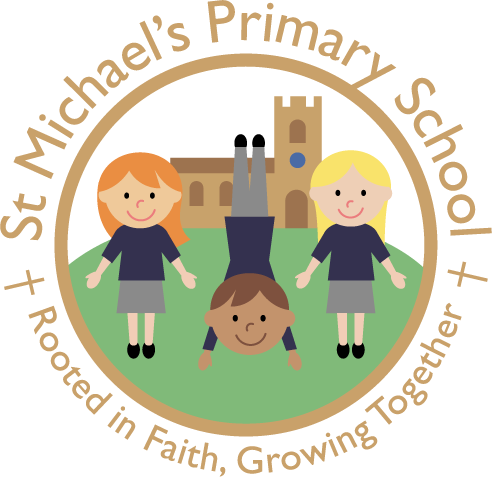Design Technology
Design and Technology at St Michael’s CE Primary School
Intent
At St Michael’s, our vision is rooted in empowering children to be creative, resilient and aspirational learners who use their gifts to positively impact the world around them. Our high-quality Design and Technology curriculum provides children with the opportunity to explore, create, and evaluate purposeful products that meet real needs and solve relevant problems.
Through our curriculum, we aim to:
-
Deliver well-sequenced, inclusive lessons that support children of all abilities
-
Build a clear progression of knowledge and skills across all areas of DT: structures, mechanisms, textiles, food technology, and electrical systems
-
Encourage children to be curious, imaginative, and innovative—nurturing inquisitive minds who ask questions and seek answers
-
Inspire children to design and make products with empathy and awareness of others’ needs, values, and environments
-
Foster independence, resilience, and resourcefulness by encouraging pupils to take risks and embrace challenges
-
Equip children with an understanding of the full design process—research, design, make, evaluate, improve—so they can confidently articulate and reflect on each stage
Our Christian values of aspiration, collaboration, and kindness underpin the way pupils approach projects, support one another, and take pride in their creations.
Implementation
Our Design and Technology curriculum is taught in termly blocks and follows a carefully planned progression of skills and knowledge across the school, aligned with the National Curriculum.
We use planning resources from The Design and Technology Association to support staff in delivering lessons that are purposeful, engaging and challenging. Each unit is built around a clear design brief, with opportunities for pupils to explore different materials, tools and techniques.
Teachers plan their lessons using our progression documents, which ensure that:
-
Skills are revisited and built upon year by year
-
Knowledge is deepened over time
-
Pupils develop increasing independence and creativity as they move through school
Pupils take part in a range of hands-on, practical activities that encourage them to:
-
Investigate and evaluate existing products
-
Explore and experiment with materials and mechanisms
-
Design for a real-life purpose and audience
-
Build and test their creations, reflecting and refining as they go
-
Evaluate their finished product against their original criteria
Assessment
Assessment in Design and Technology is ongoing and purposeful. Teachers use a variety of methods to assess understanding and progress, including:
-
Observation and questioning
-
Dialogue during design and making stages
-
Evaluating final outcomes against objectives
-
Pupil voice and sketchbook evidence
-
Reflection on the design process and product effectiveness
These approaches ensure that teachers can identify strengths, celebrate creativity, and address misconceptions.
Impact
Through a rich and engaging Design and Technology curriculum, our pupils develop the skills, resilience, and imagination needed to become problem-solvers, critical thinkers, and creative designers of the future. We know our curriculum has impact when:
-
Pupils are ready and well-prepared for KS3 and beyond
-
Their work demonstrates clear progress and creativity
-
Children speak with enthusiasm and confidence about their learning
-
Projects foster collaboration and bring our school community together
-
Pupils grow in confidence, independence, and perseverance
-
They recognise and value the influence of great designers and inventors
-
All children flourish, celebrating their unique strengths and ideas
-
Pupils leave St Michael’s inspired to shape the world around them through thoughtful design
